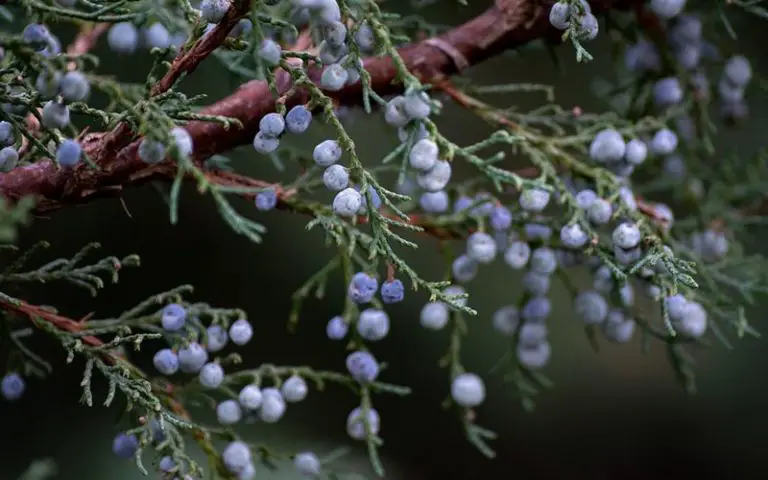Japanese Culture and Juniper Bonsais

The East Asian country of Japan is well known for its rich culture. Even though it’s a small island nation in size, it has made a huge impact in the world of technology and arts. In this article, we’ll explore the Juniper bonsai culture in Japan and how it’s developed over the years.
Bonsai Culture in Japan
Even though Bon-sai is a Japanese word, the art originated in the Chinese empire. The Chinese started this art as ‘pun-sai’ using special tools to grow miniature trees in planters. This practice was introduced in Japan during the Kamakura period.
During this period, the Japanese were also influenced by Buddhist culture. In the West, the bonsai culture spread in the late 19th century.
Juniper Bonsai Culture in Japan
Most bonsai trees have a meaning associated with them. The Juniper is a coniferous evergreen that symbolizes protection as it’s believed that it wards off evil spirits. It cleanses the energy of the space. Also, its cones are used in healing rituals. Overall, it represents strength and resilience to overcome life’s challenges.
Juniper bonsais are among the most popular bonsai types, and the trees can survive for up to 700 years. The oldest juniper bonsai is in Omiya, Japan, and it’s over 1000 years old. They are easy to maintain as compared to the other trees.
Junipers will make a great choice, if you tend to forget about plants once in a while or have a hectic lifestyle. Likewise, if you’re a beginner, this bonsai is an excellent choice.
The Juniper genus, a part of the cypress family, consists of between 50 and 70 species. One type of tree has needle-like foliage, while the other has scale-like foliage. Here’s a list of the most popular Juniper trees that you’re likely to find in stores:
- Green Mound Junipers (aka Japanese Junipers)
- Shimpaku Junipers
- Chinese Junipers
- California Junipers
- Savin Junipers
- Rocky Mountain Junipers

The Shimpaku Collection
One of the best Shimpaku bonsai is the “Noble Satake’s Shimpaku” which died during World War II. It was a rare specimen, and due to its swirling trunk and Shari, it was named “The Smoke of the Volcano.”
The Shimpaku variety originally grew in East Asian lands like Taiwan, Korea, Japan, and China. Still, it was the Japanese who valued it in bonsai and gave it a legendary status. A century ago, the Shimpaku collection for bonsais from the natural habitat of Hokkaido and Yakeshim island became a popular activity. It led to a shortage of this type of tree, and it became near-extinct.
During the Meiji period (around 1868 to 1878), Ishizuchi Simpaku bonsai was in fashion and was preferred by people as it was reminiscent of the mountains. It was planted in small containers in its natural form with few alterations to its aesthetics. Pictures from the Meiji period depict that branch-shaping wasn’t popular at that time.
At the peak of its popularity, collectors from all over Shikoku went to the Ishizuchi mountain range to take the trees. Since the terrain was rough in some seasons, they even hired professionals to get the trees. Some were bonsai lovers, while some were collecting trees for profits.
As a result, in about 20 years, the trees from the mountain range were almost extinct. In 1908, Tahei Suzuki discovered Itoigawa Shimpaku junipers on Mt Kurochime, where they also found abundant jade stones.
The last best Shimpaku collection took place from Mr. Myouji. The tree was named Hiryu, meaning “flying dragon.” The base of its trunk was about 2 feet wide and had such a mysterious shape carved by harsh natural elements that it wasn’t possible to replicate it. In 1983, the tree was taken down and was transplanted by Naoji Itoh.

Final Thoughts
As you can see, there’s a massice culture in Japan for the juniper bonsai. It was even made famous in the Karate Kids movie, showcasing the special meaning it has to the country.







